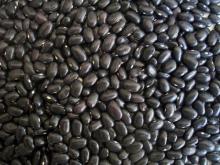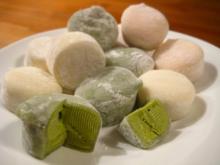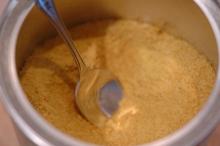Superfood 101: Amaranth!
Amaranth is a seed that has been part of the Aztec diet for more than 8000 years, when the Aztecs would collect the seeds in the wild. They also used the seeds to make flour for baked images of their gods during festivals and for tributary payments. The plant began to be cultivated in Mexico approximately 4000 B.C.E. and continues to be a native Peruvian crop.










